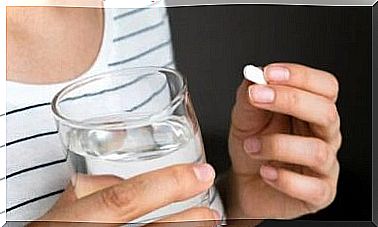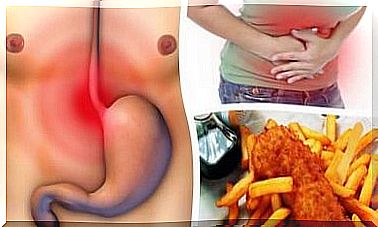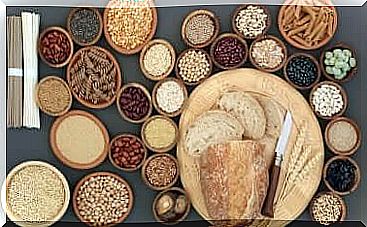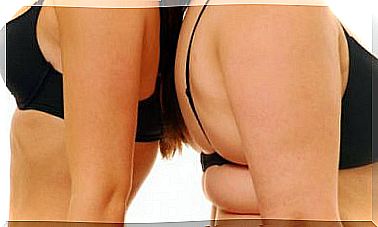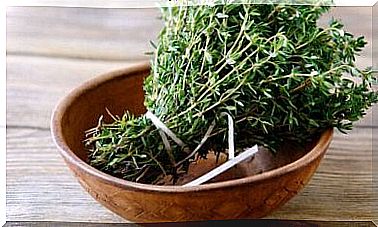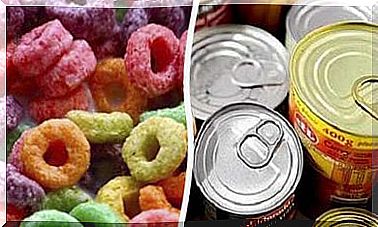Nasogastric Tube, What Is Its Use?
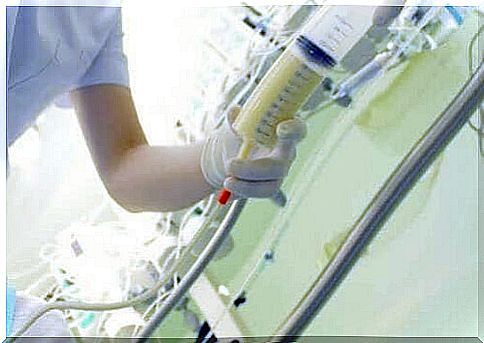
A nasogastric tube is a tube that is introduced through the nose until it reaches the stomach, passing through the esophagus. It is usually made of plastic or silicone. Also called gastric feeding tube.
It is of great use. It serves to feed people who have problems chewing or swallowing food. Furthermore, it is used to eliminate stomach contents or administer certain medications.
In this article we explain its main uses, its care and its possible complications.
What is the nasogastric tube used for?
As we mentioned earlier, the tube allows you to feed a person who has difficulty swallowing or chewing food. It conducts food directly to the stomach and, therefore, does not serve to digest it, only to facilitate its arrival in this organ.
It is often used in patients with metabolic and gastrointestinal disorders. Likewise, it is used in certain mental illnesses that make normal eating difficult; moreover, in severe cases of malnutrition or prematurity.
On the other hand, the nasogastric tube serves to drain the stomach contents. It is a process that takes place when there is an obstruction along the digestive tract. Furthermore, in situations of intoxication or to prepare a patient for anesthesia.
In addition, you can administer other substances through the tube, such as certain medications. It must always be indicated by a doctor. In fact, only doctors or nurses can put it on. Still, patients who use it must take certain care and maintenance.
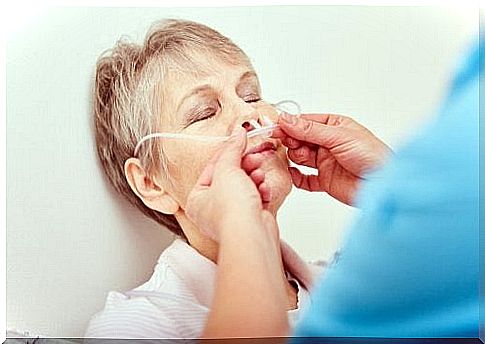
How to take care of the nasogastric tube?
Most patients spend time with the probe. Therefore, it is essential to know how to take care of it at home. First, keep the outside clean. For this, you can use gauze moistened with warm soapy water. Then clean and dry it.
The ideal is to introduce a little water right after each meal or medication; usually it is enough to put between 5 to 10 ml. Likewise, it must be verified that the probe is in the proper position. For this, observe the marks that are drawn on it.
If the probe becomes obstructed, it is necessary to change it. In some situations, there is a trained family member for this. However, it is recommended to call a doctor or nurse. When not administering anything, the probe connector must be closed.
Other advice
When using a nasogastric tube, it is necessary to pay attention to the nose and mouth. If possible, the ideal is to rotate the probe from time to time and change the area where it is in contact with the nose to avoid irritating. If you can’t do it daily, it’s mandatory to do it when it’s dirty or when the tape doesn’t stick ideally.
You need to clean your nose holes every day. For this, you can use moistened cotton sticks. Likewise, one must continue taking care of oral hygiene. Even if you’re not chewing, it’s good to keep brushing your teeth and tongue at least twice a day.
On the other hand, it is recommended to apply moisturizing cream on the nose and lips area, as the facial skin is sensitive. The probe usually produces some irritation and the cream can reduce it.
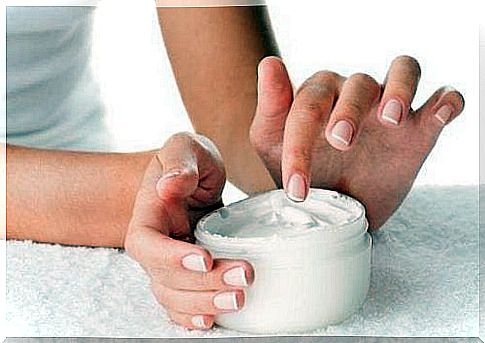
What are the most frequent complications?
Although the nasogastric tube is a very useful device, it has certain complications. First, it can cause damage to the nose. As we said, the best way to avoid them is to change the position of the probe. Furthermore, the area must be disinfected and washed. If the lesion is important, you can change the nasal orifice.
Second, when an obstruction occurs, an attempt can be made to resolve it by introducing lukewarm water through the tube. In case the obstruction remains, it is necessary to notify the doctor. However, most obstructions can be avoided by adding a little water after each meal.
Another frequent complication is that the probe leaves the body. This can happen accidentally or voluntarily, since, for some patients, the probe is very uncomfortable. Anyway, it must be returned to the place, with the help of someone specialized.
Nausea and vomiting are also common. Especially when the patient is not well placed. To avoid it, try to lay him down with an inclination of about 45º. In addition, food must be prevented from passing too quickly.

